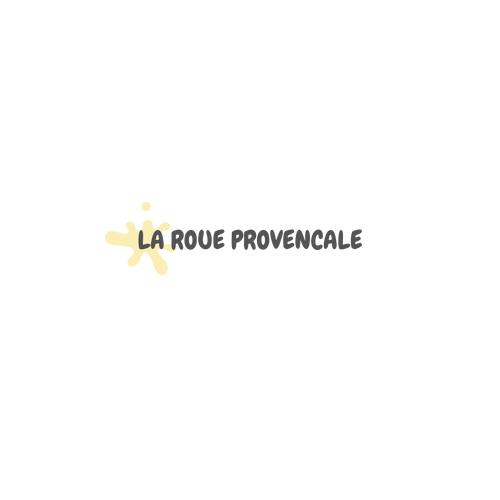Many authors celebrate in the cinema of Ozu the fusion in Zen, both of an art of living, and of artistic expression. The way in which Zen has succeeded in prevailing in certain arts painting, the garden, tea ceremony, poetry, archery, Noh, judo and these arts themselves, are previous to Ozu’s films. A visit to https://fmovies-online.com makes things perfect there.
It is true that the cinema of Ozu easily lends itself to this type of analysis. His minimalist intrigues, which seem to repeat themselves from one film to another, are also pretexts to refer to a Japanese style whose essence would plunge its roots into Zen, and Zen art in particular. Ozu would be this Zen painter who tirelessly performs the same brush strokes, perfecting himself to achieve an ultimate and perfect canvas. To this is added a formal style which appears to be a simplicity stretched towards the purity and gives rise to appreciations which “most often lead to the very Japanese acceptance of an aesthetic of subtraction, of reduction to essential, in the sense of Haiku. It amounts to interpreting the films of Ozu in terms of this stereotypical “Japanese aesthetic”, which intends to keep infinity in a limited shackle.

Ozu, filmmaker of the sketch
Once again Donald Richie summons a Zen concept to define the typically Japanese aesthetic of Ozu: Wabi. Wabi says that the more ordinary or poor the receptacle, the more powerful the effect, so the chrysanthemum in a simple earthenware vase or the lilac in a coarse bottle of sake. This would be the case with Ozu’s films: the minimalist intrigue, the restraint of the narrative structure, but above all, a form perceived as ascetic would confer strength and beauty to the whole.
But what is this asceticism?
In the rare films in circulation until the eighties, Ozu seems to have simplified his technique and opted for limited use of cinematographic grammar. The camera is fixed, the lens used is invariably a 50mm, the framing is almost systematically frontal, the composition is pictorial, Ozu uses cut editing and inserts shots without characters (cloudy skies, streets, landscapes, but also everyday objects, house interiors. The speeches around the filmmaker are often defined by the reference to lack: lack of movement, lack of variety in the choice of angles of view, lack of variety in the fittings, etc. Ozu’s films appear to many as a journey towards paring and stripping. As a result, his work is perceived as a progressive pruning movement, as if this were the artist’s ultimate goal. All this does not detract from the admiration it arouses, quite the contrary, but as many authors point out, it is a partial vision of his creative work.
In the defense of admirers of Ozu whose gaze focuses on what some call a rigorous formalism, of those who still have a purely spiritualist reading of the work, it is true that the West has met Ozu through his latest films. In other words out of step and by the end. And undoubtedly we cannot help consequently judging each film retrospectively, by the yardstick of this style of which Le Goût du Saké (1962) is in every sense the last expression. So we dismissed not only his first films but also certain movements that he will keep for a long time.


